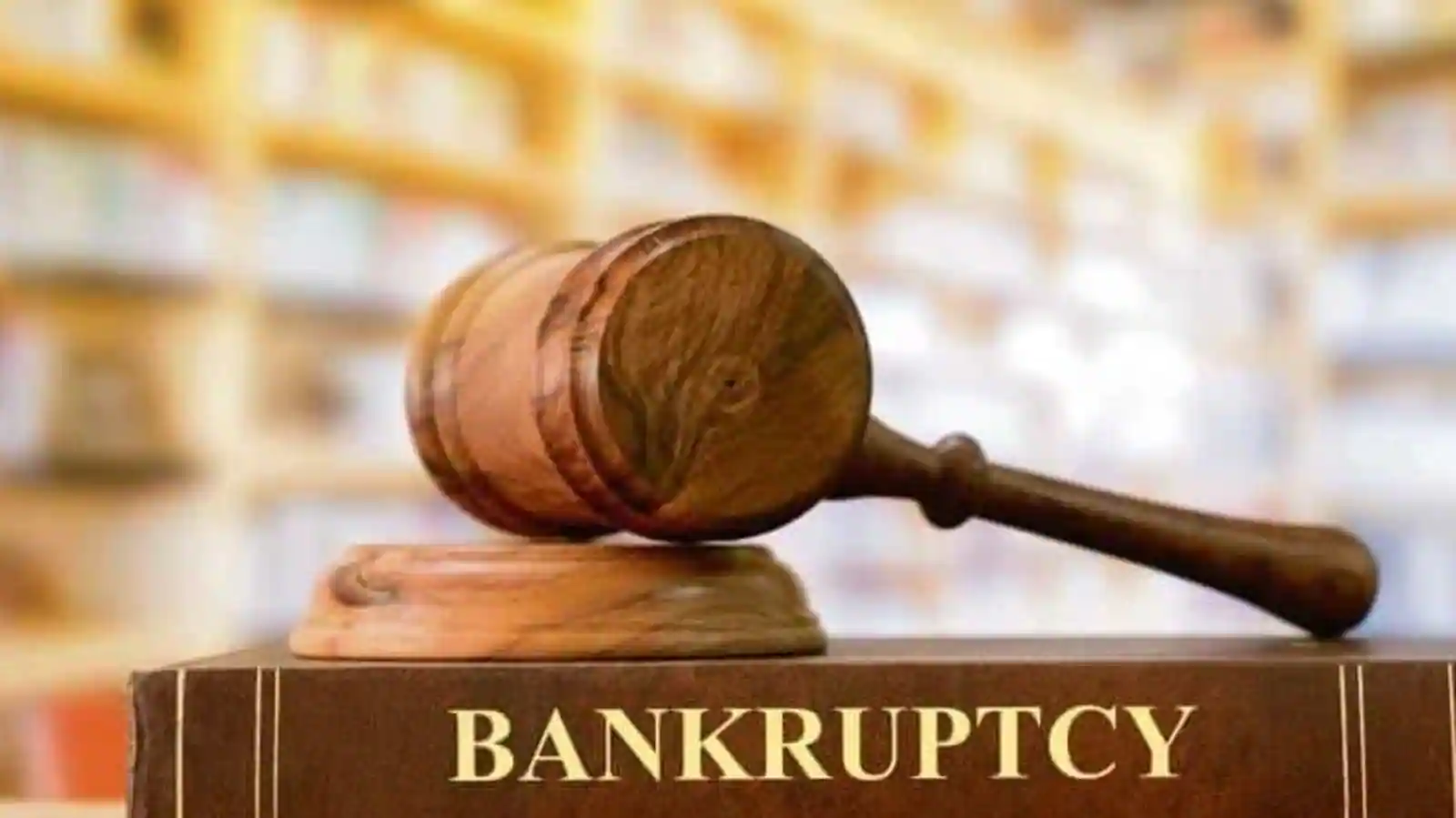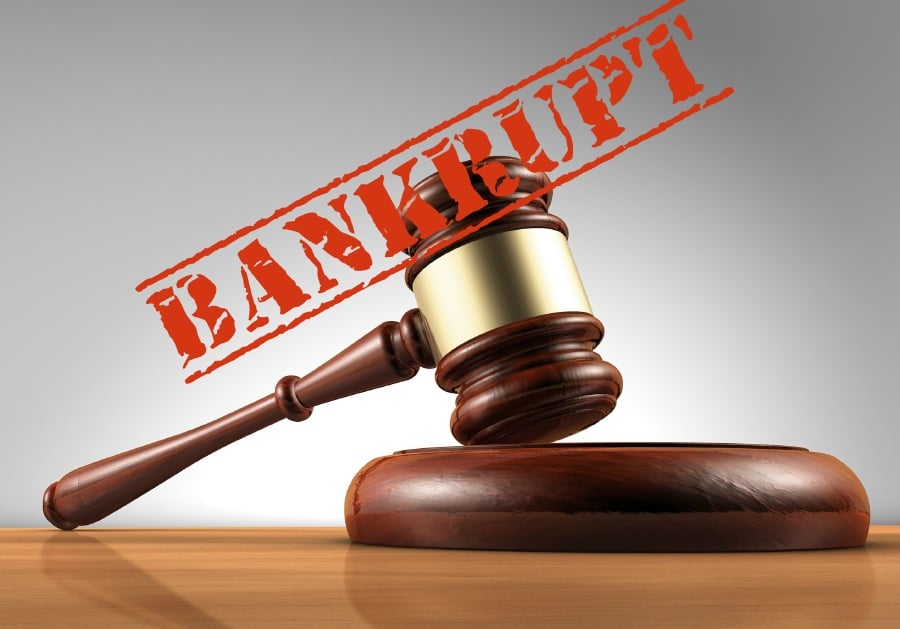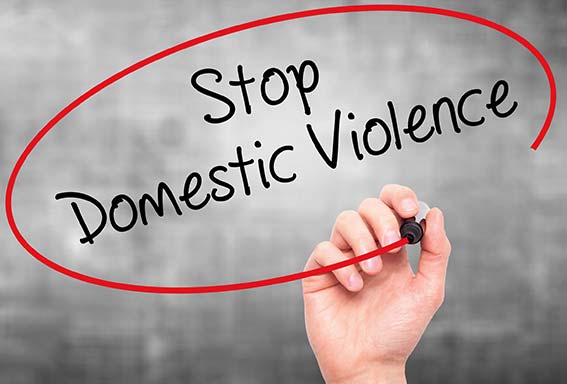Whether you’re a first-time filer, or you’re looking for an update, read on to learn some of the most common mistakes you can make in qualify to file bankruptcy.
Table of Contents
Chapter 10
Currently, there are two main ways that consumers can file for bankruptcy. If you are unable to pay your debts, you can file for bankruptcy under Chapter 7 or Chapter 13. But if you have debts that are less than $7.5 million, you can file under Chapter 10 instead.
A new bill, the Consumer Bankruptcy Reform Act of 2020, is being proposed by two Congressional Democrats. If adopted, it would expand the availability of Chapter 10 bankruptcy to a greater population than Chapter 7. And it would allow consumers to discharge some debts in a Chapter 10 filing.
The new bill would replace the current Chapter 7 and Chapter 13 filings with a new Chapter 10. The new chapter would allow debtors to file for bankruptcy based on their current income level and debts. And it would provide debtors with a fresh start by eliminating many of the restrictions that were originally placed on Chapter 13.
The bill would allow individual debtors to file under Chapter 10 for debts that are less than $7.5 million. However, consumers with debts of more than that would need to file under Chapter 11.
Composition Provision
Using the Composition provision for first bankruptcy has its advantages and disadvantages. The first is the fact that all creditors must be involved in the acceptance process. They have to agree on the merits of the composition agreement. Secondly, creditors may obtain some clarification regarding the debtor’s situation.
The composition process is a formal judicial reorganisation of a distressed business. Various types of creditors can be involved in the process. The process is supervised by a receiver who is appointed by the court.
The process is only as good as its claims. In order to get the ball rolling, a composition proposal needs to be endorsed by the majority of creditors. These creditors must represent at least half of the total value of the claims to be admitted or provisionally admitted.

Pre-Filing Credit Counseling
Getting pre-filing credit counseling for your first bankruptcy is required by law. The law does not require that you get counseling in person, but you should choose an agency that has services in your local area. You may also opt for an online agency if your financial situation allows.
The credit counseling course is designed to help you understand your current financial situation, identify possible alternatives, and decide whether bankruptcy is the best option for you. The course also provides you with useful tools for managing your money after filing for bankruptcy.
The course may take one to two hours and is typically conducted by a counselor. You can complete the course in person, over the phone, or online. The cost can be between $25 and $50 per session. You may be able to get a fee discount if you ask.
Pre-Discharge Debtor Education
Taking a pre-discharge debtor education course for your first bankruptcy is a great way to prepare yourself for life after bankruptcy. The course will give you knowledge on budgeting, responsible credit management, and how to avoid future financial problems.
The United States Trustee Program has approved certain agencies that offer pre-discharge debtor education for your first bankruptcy. These organizations are listed on the US Trustee Program website. It is important to note that not all agencies and providers are approved.
There are two requirements for taking a pre-discharge debtor education for your first bankruptcy. First, you must take a course provided by an approved agency. Secondly, you must complete a course within six months of the filing of your bankruptcy petition.
Several credit counseling organizations offer pre-bankruptcy debtor education for your first bankruptcy. These agencies have several delivery options, including online, phone, and face-to-face. You may be able to take the course for free or at a reduced cost. The cost of the course will vary from agency to agency.
Changes In Bankruptcy Law In The 1930s And 1940s
During the 1930s and 1940s, the United States adopted a variety of laws to address the growing number of bankruptcies. These laws were also designed to help creditors recover any investments that they might have made in a bankrupt debtor’s property. The law was intended to remain in effect for five years. The law also included a section 77 to reorganize railroads, which had become troubled.
The laws were modeled after the English bankruptcy laws of the 18th century. However, the rules were more favorable to creditors. For example, the debtor would have no incentive to pay back anything he had earned, since creditors would take whatever he had. In addition, the creditors would have the power to garnish his wages.
The demand for bankruptcy laws was driven by periodic financial crises. In particular, the demand for a bankruptcy law came from individuals who were in financial distress. However, this demand was also driven by interstate commerce and the expansion of consumer credit.






More Stories
Best Criminal Lawyers in Georgia: Navigating Legal Challenges with Top Expertise
Why Should You Consider Glendale Injury Law Firm for Your Family Law Needs?
New Jersey Bankruptcy Lawyer: Navigating Financial Recovery with Expertise